Pixman
Printing Apprentice
- Joined
- Jul 28, 2025
- Messages
- 24
- Reaction score
- 0
- Points
- 16
- Printer Model
- Pixma TS8350
Hey guys!
I managed to break my Pixma TS8350 last night by spraying a bit of synthetic adhesive lubricant at the back where the motor and main gears are.
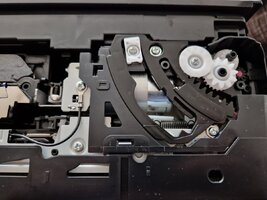
I did this to quite it down because it was making annoying noises as if running dry, and I didn't want to undertake the big operation of disassembling everything (presumably) to get to this mechanism where the noise was coming from.
Now it runs so smoothly and loudly when I run the roller cleaning function, it complains that there is a paper jam and only gives me error code after error code. First it said error code 1300, i.e. paper jam. But there was no paper in it at the time. I was spraying it while running the roller cleaning function.
The original noises went away, but new noises came, and like I said it is now even louder sometimes. After a power cycle and unplugging and reinserting the cord, the error remained. But it didn't show at first, only after entering roller cleaning function or if the printer did something on its own to provoke it. I did another power cycle, and tried to print some text from Word, and it started giving me error code 6A80. After this, it started giving me the same error code every time I power cycle, and it prints a blank paper every time. As if it's a left over from last time it's trying to print.
So now I face either a service charge to have it repaired or buy a new printer. I might be able to repair it on my own if I knew what to do, especially about these error codes. All the error code 6A80 says is to cancel the print (there is none) and to power cycle (which I already did), and if that fails, it says to contact a service center.
What would cause this? I inadvertently sprayed some paper jam sensor or something? Can I get to these gears at the back from the side? So I can wipe it clean and apply some proper grease? What kind of grease do they use?
I managed to break my Pixma TS8350 last night by spraying a bit of synthetic adhesive lubricant at the back where the motor and main gears are.

I did this to quite it down because it was making annoying noises as if running dry, and I didn't want to undertake the big operation of disassembling everything (presumably) to get to this mechanism where the noise was coming from.
Now it runs so smoothly and loudly when I run the roller cleaning function, it complains that there is a paper jam and only gives me error code after error code. First it said error code 1300, i.e. paper jam. But there was no paper in it at the time. I was spraying it while running the roller cleaning function.
The original noises went away, but new noises came, and like I said it is now even louder sometimes. After a power cycle and unplugging and reinserting the cord, the error remained. But it didn't show at first, only after entering roller cleaning function or if the printer did something on its own to provoke it. I did another power cycle, and tried to print some text from Word, and it started giving me error code 6A80. After this, it started giving me the same error code every time I power cycle, and it prints a blank paper every time. As if it's a left over from last time it's trying to print.
So now I face either a service charge to have it repaired or buy a new printer. I might be able to repair it on my own if I knew what to do, especially about these error codes. All the error code 6A80 says is to cancel the print (there is none) and to power cycle (which I already did), and if that fails, it says to contact a service center.
What would cause this? I inadvertently sprayed some paper jam sensor or something? Can I get to these gears at the back from the side? So I can wipe it clean and apply some proper grease? What kind of grease do they use?
Last edited:

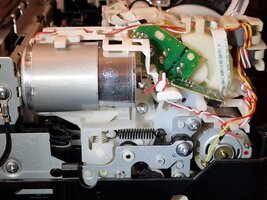
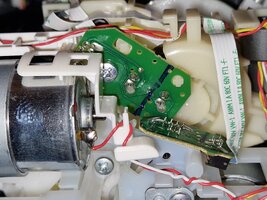
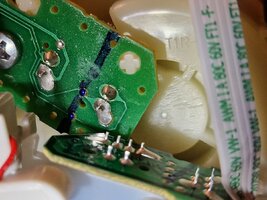
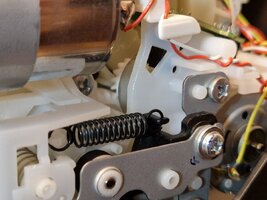
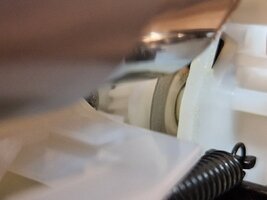
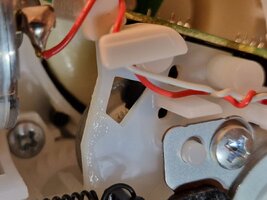
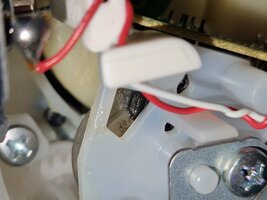
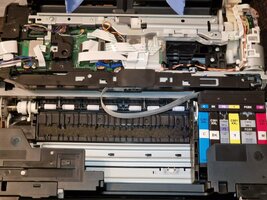
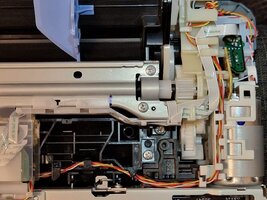
 Lol. No I’m serious.
Lol. No I’m serious.